Recently I was given the opportunity to set up a studio at the Center For Birds of Prey in Awendaw, SC and photograph their birds. This was exciting for me on many levels. I’ve loved birds of prey since I was a child (especially owls) and having them mere feet from my lens was a joy. The staff at the center were incredibly inviting and accommodating to me throughout the day. If you are in or around Charleston, SC I highly suggest you visit the center where you can see a vast array of owls, hawks, eagles, kites, falcons, and vultures. Thursdays through Saturdays they even have 2 flight demonstrations daily that will allow you to get up close and personal with the birds, some flying literally right over your head. It’s a great experience. The Center also has a clinic on site where they work with many sick or wounded birds to nurse them back to health and return them to the wild.
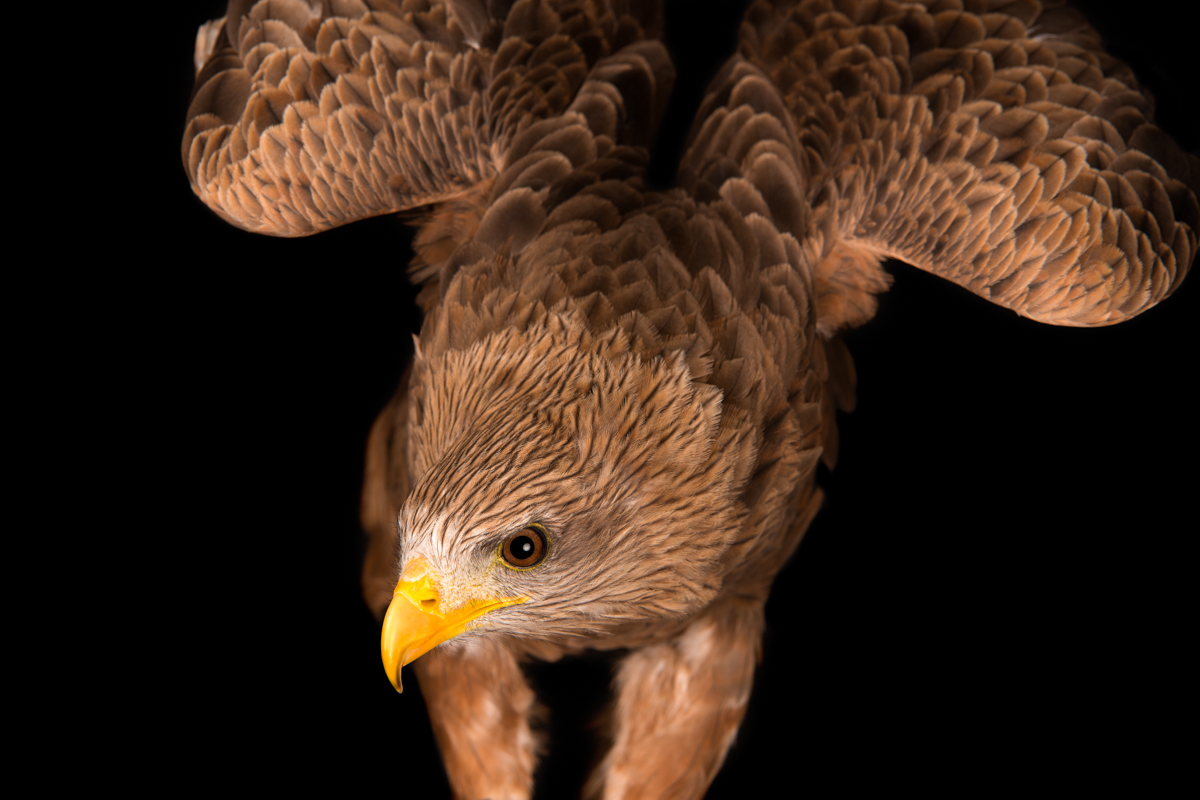
For those interested in the technical side of the shoot:
The camera I used was a Nikon D800. I wanted as much resolution as possible and, short of renting a medium format camera, the Nikon D800 was the best choice. I have to say that, though I had a terrible time with the camera’s autofocus, when it was right the resolution and sharpness were superb. You simply cannot get an idea in sized down web res files, but these can go very large and still maintain sharpness of every feather on the bird’s head. I’m also very pleased with the tonal range the D800 produced in the final photos. For these shots I was shooting at ISO 100, generally at f/11, in continuous AF mode to keep up with the constant little movements the birds make.
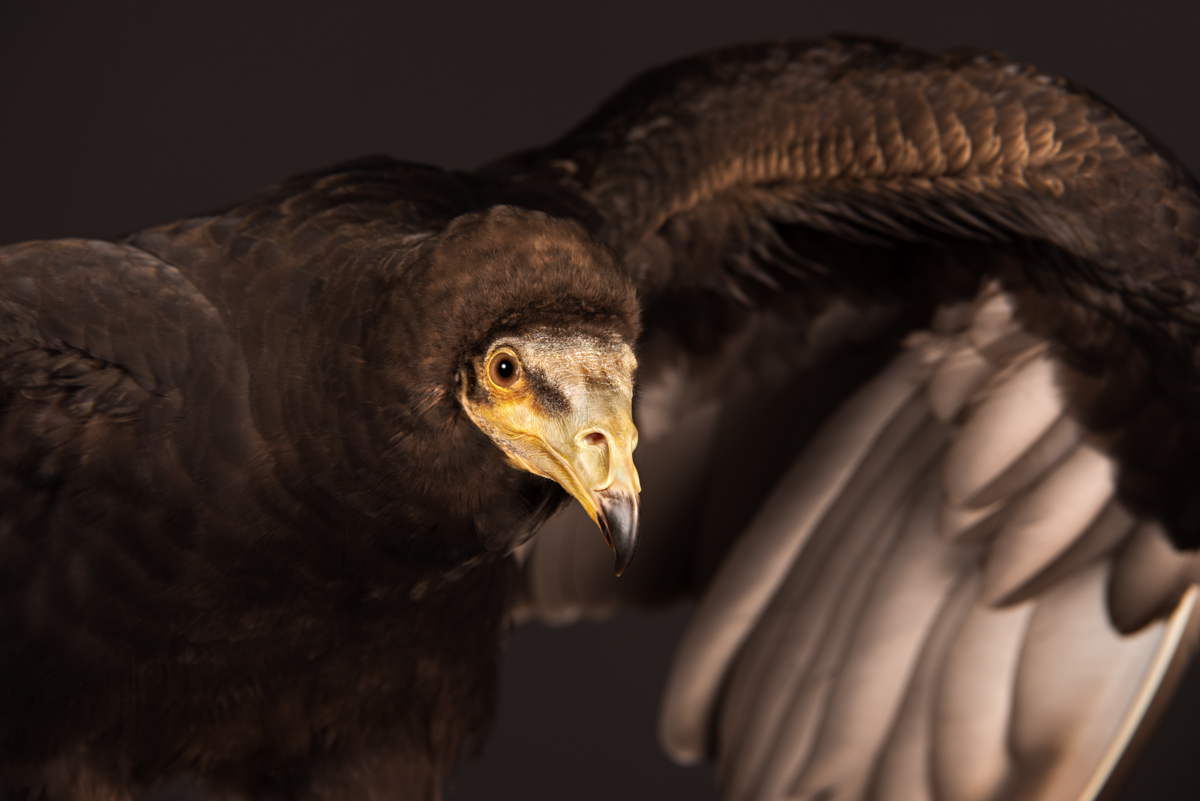
I had some difficulty with lens selection because I needed to have a relatively close working distance while at the same time having a high magnification so that I could crop in to photograph just a bird’s head. I wanted to photograph the birds in a way that a person would generally be photographed. My Nikon 70-200mm lens just did not have the magnification I needed. I could focus down to just under 5 feet with it, but I couldn’t crop nearly as close as I wanted; 200mm on it still left me with way too much bird and background for the composition I was seeking. I could use my Nikon 105mm micro (macro) lens and get as close as I wanted. However, the problem for me there was that I couldn’t get that close to some of the birds (the tawny eagle was a little unsure of me). After considering the things I wanted in a lens for this shoot, high magnification, a relatively close minimum focusing distance, versatility, and good sharpness, I decided on using the Nikon 200-400mm f/4 lens.
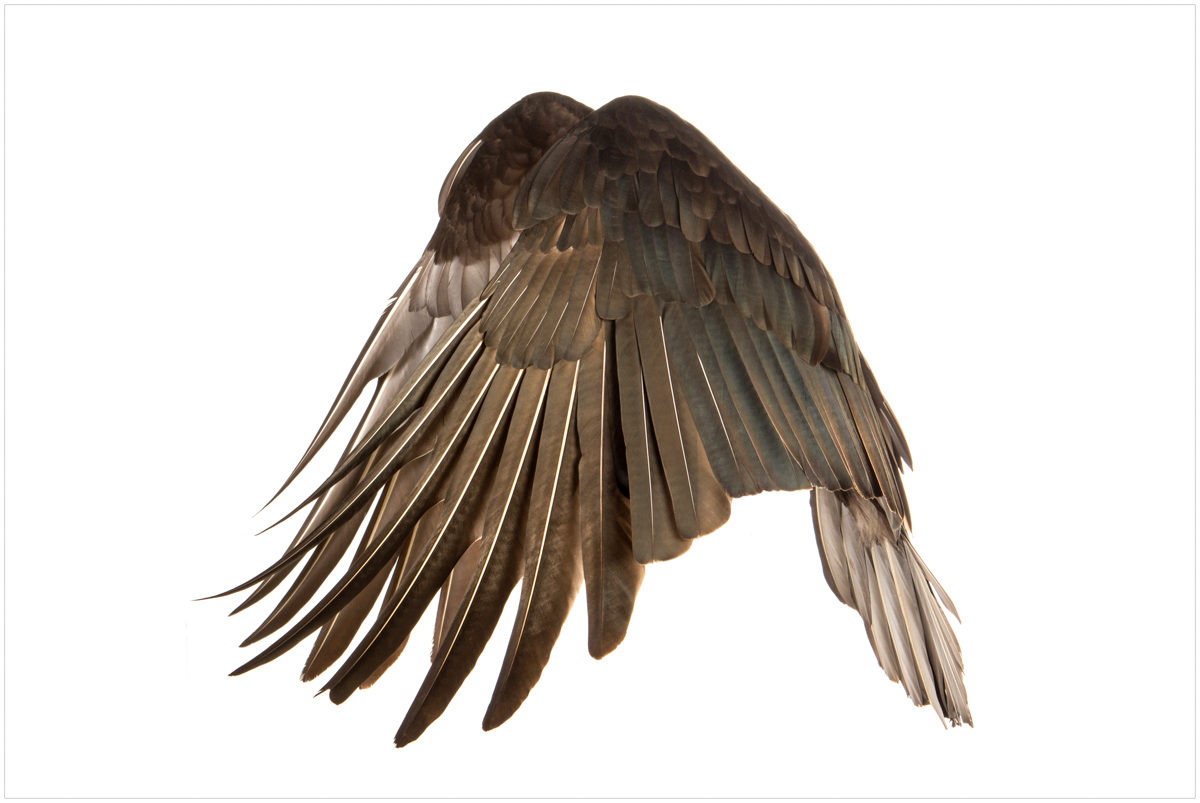
Stopped down the sharpness was fantastic, it let me focus even closer than I needed to, and I had the versatility of zooming in and out as needed to incorporate the amount of the bird I considered most appropriate. I found that I mostly shot in the 300mm range. I will say, however, that this lens is BIG, but it did a fantastic job. I rented the Nikon 200-400mm lens from LensRentals.com (who offer outstanding customer service). I highly recommend them for testing out gear before buying or for those pieces of equipment that are just too much of a strain on the budget or that you will not use frequently enough to justify buying.
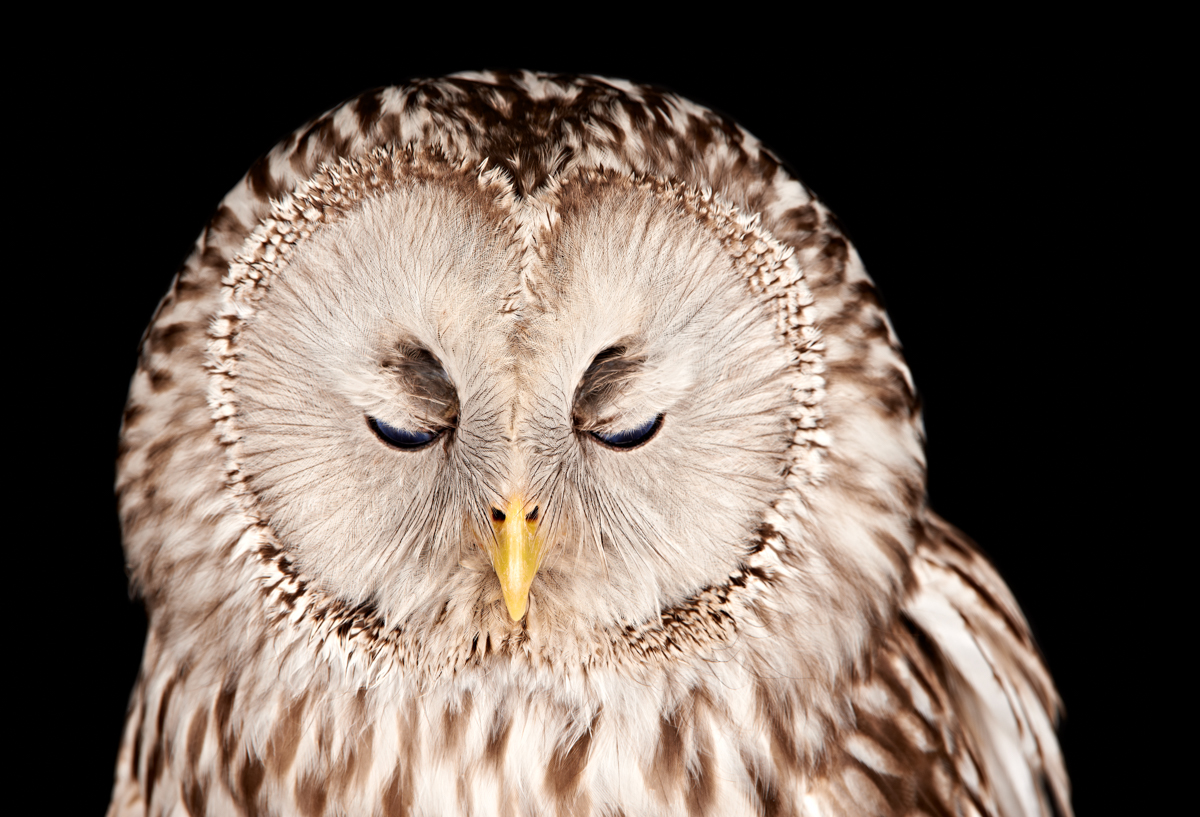
My lighting setup was 3 Paul C. Buff Einstein lights. Birds are quick, even if moving their head from one position to another (which they do frequently). I wanted a short flash duration from my lights to be sure to stop those movements, but also to be able to do the few flying shots I did (which I intend to visit more extensively in future shoots). Yes, we currently believe the speed of light to be both the fastest thing in existence as well as constant. What changes is how long the flashes stay on. The longer they stay on, the longer the exposure, thus the less “stopping power” they have. The Einsteins are built for speed, among other things, and were perfect for the job. They are affordable and very versatile. I was shooting them between 1/8 and 1/16 power, which was enough to freeze these birds mid flight. I had one Einstein camera left with a large 86″ PLM with a diffusion cover on it. Camera right I had 2 more Einsteins with umbrellas on them. All of the lights were within 5 feet of the birds.
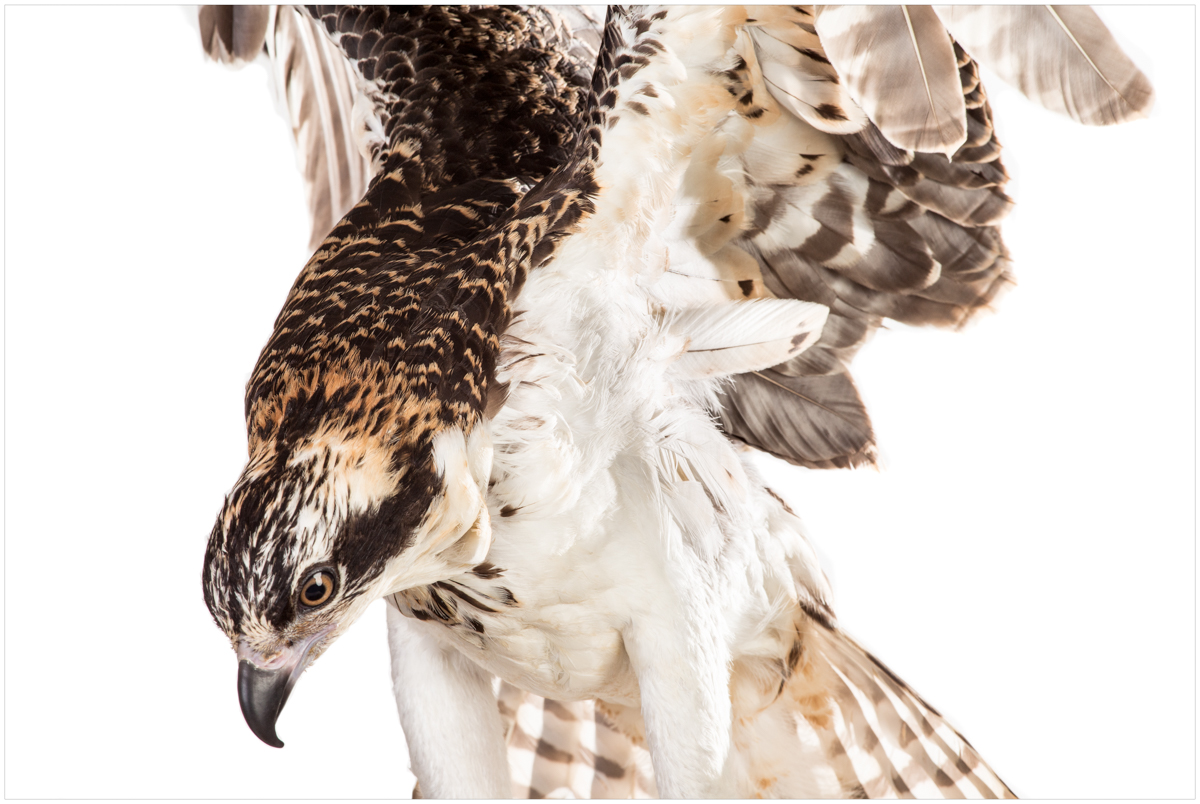
Finally, the RAW conversion and bulk of the editing was done in Phase One’s Capture One software. This is the first time I have ever used the program but anyone familiar with Adobe Lighroom, and even those not, should be able to pick up on it very quickly. My main reason for this choice was strictly image quality. I’ve heard repeatedly that Capture One is the best RAW converter out there and after this experience I see no reason to refute that claim. I was impressed with just how much I could do in it (95% of the work was done there, with the remaining 5% being done in Photoshop) and I do believe I got a level of image quality from it that is superior to what I would have gotten otherwise.
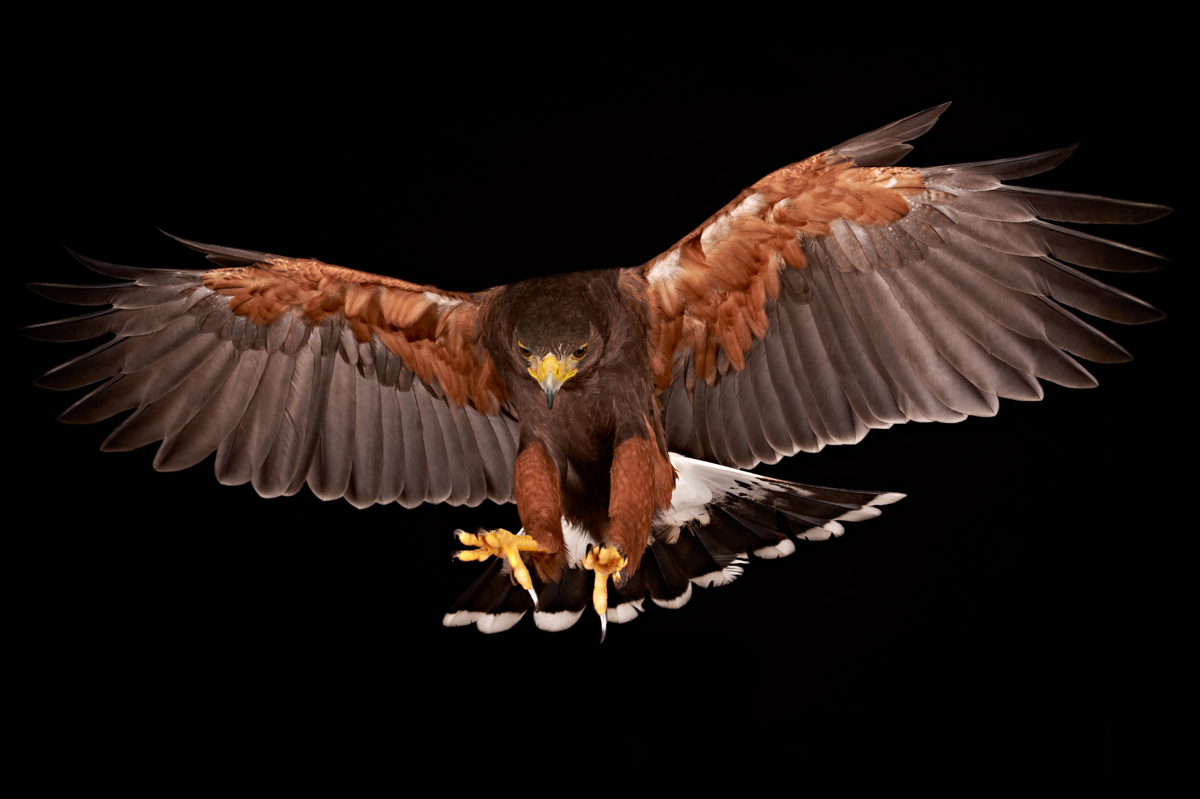
I will be returning to the center in a few months to photograph more as they rotate their flight birds (bald eagle, spectacled owl, asian brown wood owl, etc!). In the meantime please enjoy the resulting photos from the day by clicking here.
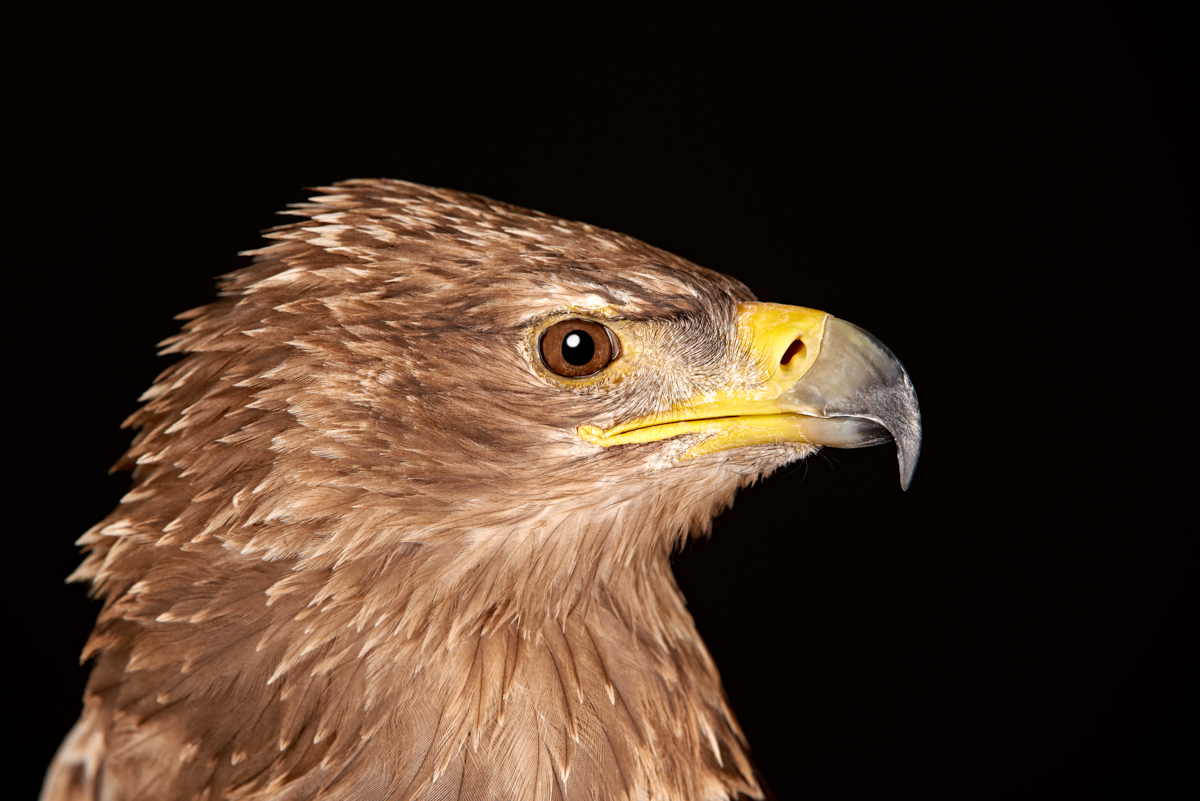
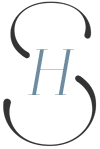
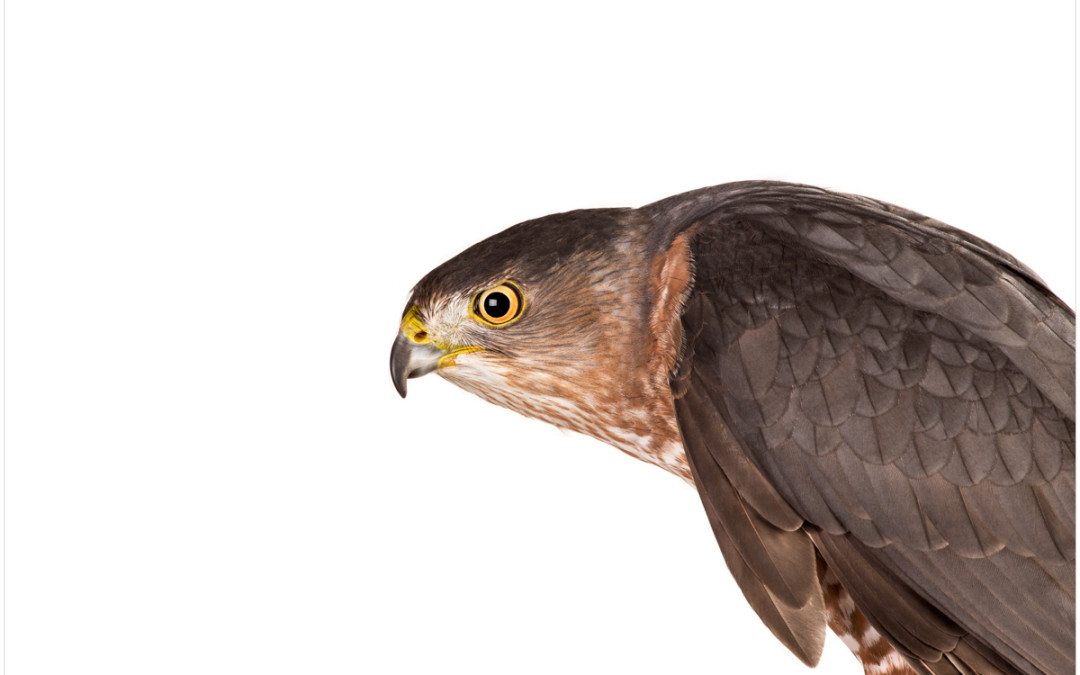
Your photos made me feel like I was being observed. Excellent series. We visited the Center and were awed and educated by the birs of prey and the staff. Should be on any Charleston visitors list of things to do – kids and adults.